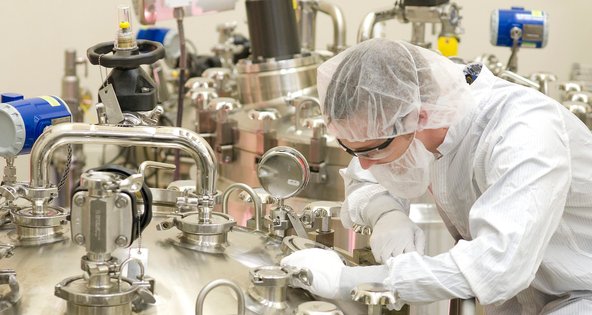GlaxoSmithKline, which has been hit in recent weeks by a bribery and corruption scandal at its China unit, late Thursday named Hervé Gisserot, one of the company’s top executives in Europe, to replace Mark Reilly as the head of its operations in the country. Mr. Reilly left China for London after the company’s offices were raided by the police in late June.
Mr. Reilly is not believed to be a target of the bribery investigation and is expected to remain at the company and help it investigate the situation in China, people familiar with the case said.
On Friday, new details in the case were presented in interviews published by Xinhua, the official state-run news agency in China.
According to those reports, several Glaxo employees were alleged to have confessed to bribing doctors with gifts, travel, lecture fees and cash bonuses to persuade them to prescribe more of the company’s drugs. In some cases, the Glaxo employees said, no conference or lecture had ever taken place, but doctors were compensated.
One 35-year-old Glaxo employee told Xinhua she regularly visited doctors offices to offer assistance and even “to meet their sexual desires,” according to the report.
The government has said it has detained four Chinese-born senior executives from Glaxo’s China operations. And in the city of Zhengzhou, in Henan Province, 18 more Glaxo employees have been held.
Although no formal charges have been filed against Glaxo or its employees, the scandal has been a huge embarrassment for the company in one of its fastest-growing markets.
Glaxo’s top executives in London have apologized and pledged to cooperate with Chinese investigators.
And during a conference call after the company released its earnings Tuesday, its chief executive, Andrew Witty, called the accusations against his company’s China operations “deeply disappointing.”
Glaxo also said that Steve Nechelput, a British national and the company’s head of finance in China, was no longer being barred by the authorities from leaving the country.
The scandal appears to be part of a broader crackdown on bribery and corruption in China. The Chinese government has sent investigators to other global pharmaceutical firms. Officials have also begun to review drug pricing policies and question doctors and hospital employees about whether they have accepted bribes.
In Glaxo’s case, the government accused the company of using travel agencies to help funnel bribes to doctors, hospitals and government officials. The company was also accused of committing tax fraud and defrauding consumers with artificially high drug prices.
In interviews with the state-run news media, Glaxo sales representatives said they had been trained in how to increase drug sales by bribing and entertaining doctors and that some of this was done through the use of fake invoices.
One hospital employee told Xinhua that a Glaxo representative, identified only by the surname Wang, offered bribes for business.
“After we got familiar, Wang visited me during festivals, treated me to dinner and bought me gifts,” the hospital employee said. “When our department held events, Wang also paid the bill.”

Article source: http://www.nytimes.com/2013/07/27/business/global/china-details-allegations-against-glaxo.html?partner=rss&emc=rss



